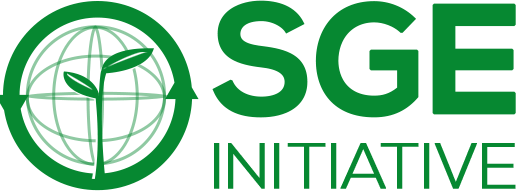Sustainable green environment initiative is committed to creating awareness for individuals, communities, and the government, recognising the need to provide safe drinkable water in a clean environment (SDG 6). This is evidenced by our ongoing project in partnership with Water Corporation – Oyo State. On the 1st of March 2024, our team set out on a survey mission to Ibadan – Oyo state to lay out the groundwork for the resuscitation of potable water supply in the city of Ibadan.
It is apparent that water is not only a resource to be used. It is a human right, essential to every aspect of life. Everyone should have access to quality water. How distressful it was to discover that different communities within Ibadan – Oyo state, lack access to quality potable water, resulting in economic upheaval, price hike of products, low quality of life, waterborne diseases, and a general decline in citizens’ wellbeing.
This necessitates the intervention of SGE Initiative to ensure adequate water supply for 3 million households in Ibadan, Oyo state, which in turn will promote good well-being for community members, and prevent water-borne diseases.


